The CIA saw the 1967 Sikkim clashes between India and China as “military expressions of intensified political relations” and asked for better reporting on the Sino-Indian border situation, as Tanvi Madan writes. This piece originally appeared in The Print.
Fifty years ago, on September 13, 1967, Indian deputy prime minister Morarji Desai, who was visiting the U.S., appeared on the “Today” show. The first five questions he was asked were about the “fighting up in Sikkim” – the reference was to the clashes that had taken place from September 11 at Nathu La and would continue till September 14.
During the 1965 India-Pakistan war, there had been Chinese pressure on India, but the Nathu La fighting was seen as the first major clash between China and India since the 1962 war. And that war shaped how the Sikkim clashes were seen within and outside government in the U.S. In particular, it meant a focus on two aspects of the clashes – first, the likelihood of escalation and, second, Indian preparation and performance.
In his answers to the Today show interviewer, Desai tried to reassure the audience on both these fronts. He noted that Chinese behaviour could not be predicted, but said he expected the fighting would remain localized. Noting that India had been preparing and could defend itself, he asserted that India would not succumb to pressure.
Asked about heightened Chinese rhetoric and warnings, Desai assessed, “They are mainly angry about the fact that we are not submitting to their pressures and their bullying…They would like us to fall in line with their strategy or their policy of dominating Asia and, ultimately, the world, as I see it.”
The U.S. in 1967 shared this Indian concern about China and its desire to dominate Asia. The Sikkim clashes came even as American troops were fighting in Vietnam, in the midst of Chairman Mao’s unfolding Cultural Revolution, and a few months after China had conducted its first hydrogen bomb test. Since a decade before, American administrations had seen India as part of their China strategy – as a potential counter-weight and democratic contrast to communist China. Indian success, therefore, was seen to be in American interest and a way of addressing the China challenge.
The 1962 war had been a major setback – in both geopolitical and psychological terms – to this strategy, as well as to how India was seen globally, regionally and within the U.S. That war, and setbacks related to Indian economic development and food supply, had shifted the American emphasis from the need to build up India to the need to prevent it from falling. Given this objective, any escalation on the China-India front was seen as potentially having consequences for Indian security and economic development – including by leading to even greater defense spending at the expense of development – and, potentially, requiring greater American involvement.
Thus, the U.S. government kept a close eye on the Sikkim clashes. American intelligence assessments had observed a deterioration of the China-India relationship, with a worsening of Chinese actions and words vis-à-vis India throughout 1967 amid the Cultural Revolution. Along with attacks on and expulsions of Indian diplomats, there had been numerous articles in People’s Daily in praise of the Naxalites, and Naga and Mizo insurgents, and calling for revolution in India. There had also been Chinese military probes into Bhutanese territory that summer. The Central Intelligence Agency indeed later saw the September clashes as “military expressions of intensified political relations.”
During the Nathu La clashes, American officials received updates through various means, including discussions with Indian officials. American and Indian military and diplomatic officials exchanged assessments in Delhi, Washington and Calcutta, including perplexity about Chinese motivations. Indian officials stated that they believed Chinese actions were localized, but deliberate.
The CIA director asked his staff for better reporting on the Sino-Indian border situation. Updates on the clashes made President Johnson’s daily brief each day between September 12 and 15, and then again after a clash took place at Cho La on October 1.
Officials particularly watched the scale of the clashes, the anti-India protests and propaganda campaign coming from China, whether Chinese logistical capabilities had been increased in the area, and Chinese troop dispositions not just at the point of the clashes, but also all along the border.
When the clashes ended, American Embassy officials reported back that “Indians confident they had the best of the incident.” There was a sense of relief within the U.S. government and outside – not just that the clashes had remained limited, but also with regard to how India performed both militarily and diplomatically. Noting that, unlike 1962, Delhi had not engaged in a war of words, The New York Times had indeed approvingly commented on Delhi’s demonstration of “firmness and restraint.” Press reporting on the incident had noted assessments that the clashes would remain limited, but there had simultaneously been concern that the 1962 war had been preceded by just such incidents and also that major Chinese offensives had followed lulls.
There was also an acknowledgement in the media, however, that India was better prepared than five years before. Finally, there was speculation about China’s motives, but also assessments that, whatever they were, they would have the consequences of weakening any voices in India calling for improved relations with China, “speed[ing] India’s movement toward cooperation with other nations of Asia in some kind of anti-Chinese front,” and strengthening those calling for India to develop nuclear weapons.
This wasn’t just the assessment of external analysts. Intelligence briefings to members of Congress noted that Sino-Indian border incidents would be ongoing and “could flare up at any time.” There was a sense, however, that China was unlikely to attack in a major way at that time and more confidence in India’s capabilities. But there was also a concluding assessment: that the clashes would do nothing to ease Indian concerns about China and, in particular, “growing Indian fear of Chinese nuclear capabilities could eventually force India to build its own bomb.”
The Brookings Institution is committed to quality, independence, and impact.
We are supported by a diverse array of funders. In line with our values and policies, each Brookings publication represents the sole views of its author(s).
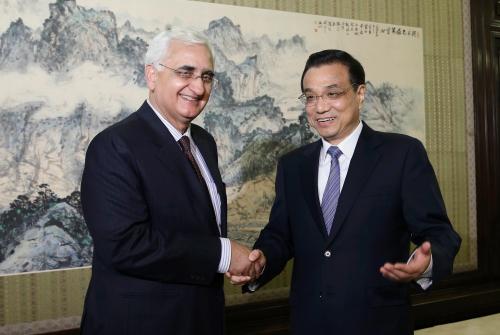
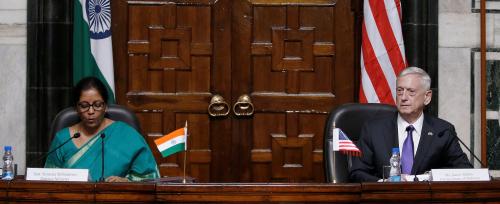
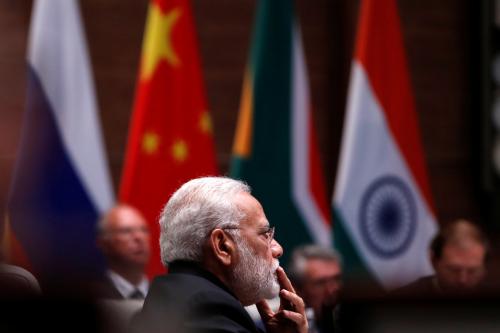
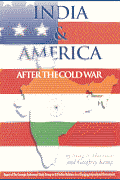
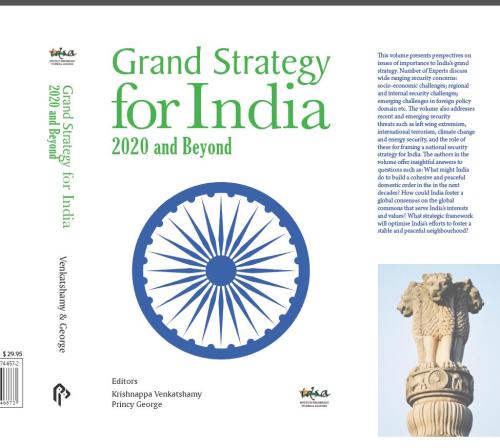
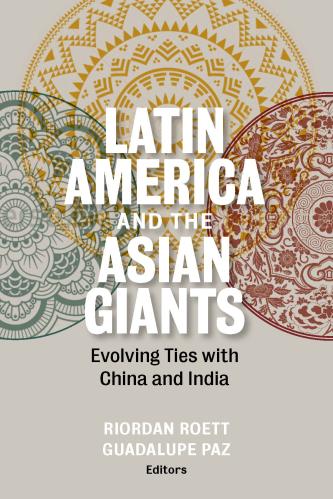

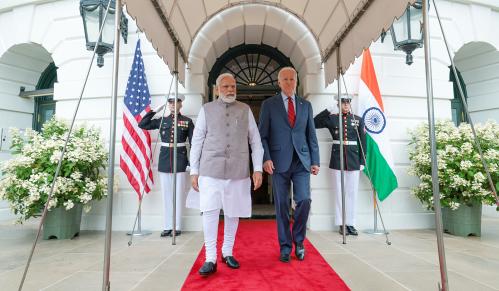
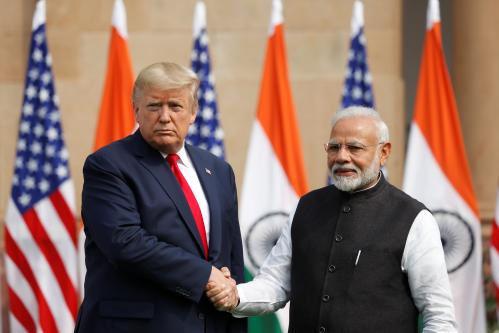
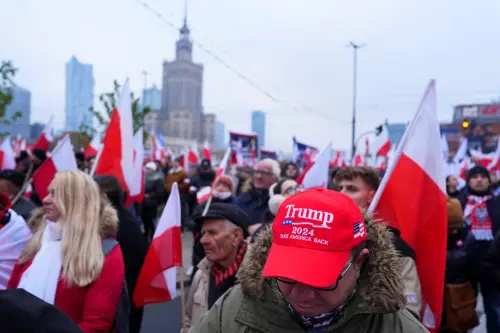
Commentary
Op-edHow the U.S. viewed the 1967 Sikkim skirmishes between India and China
September 13, 2017